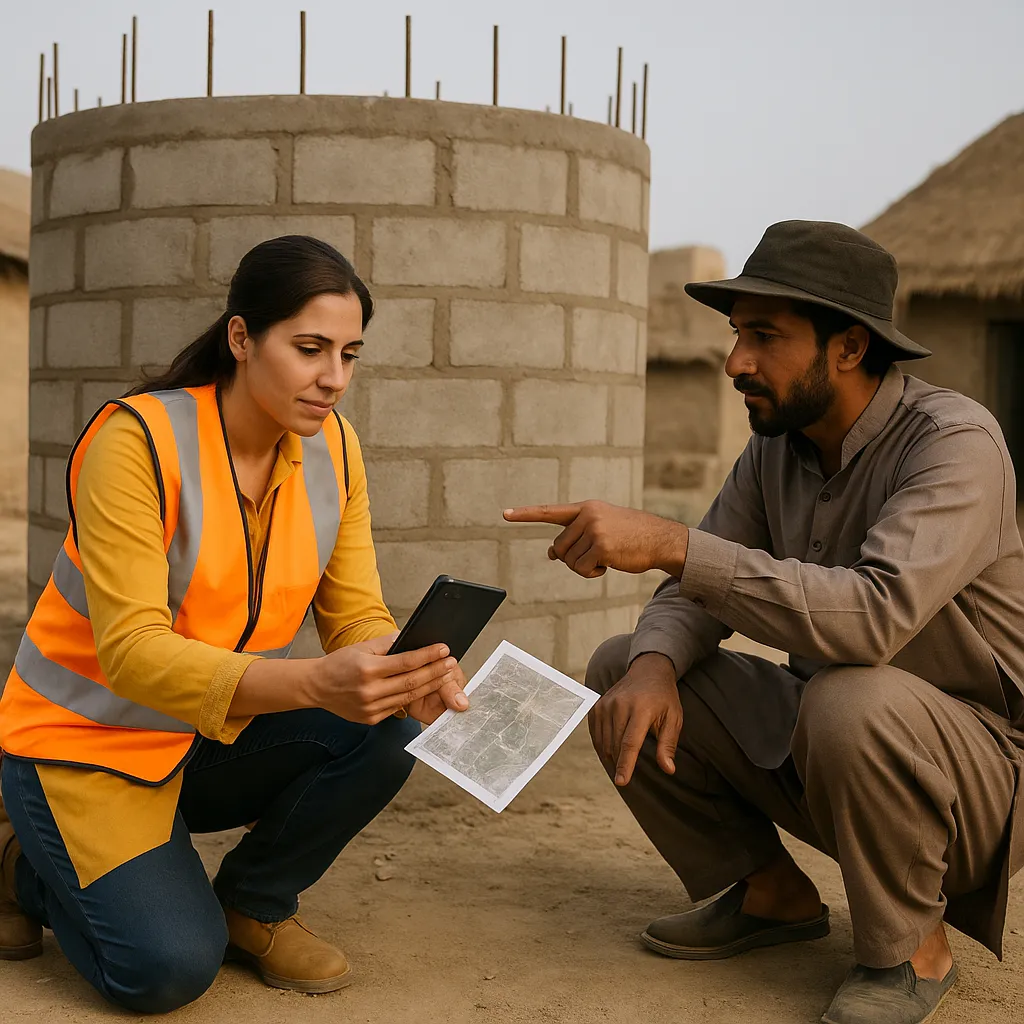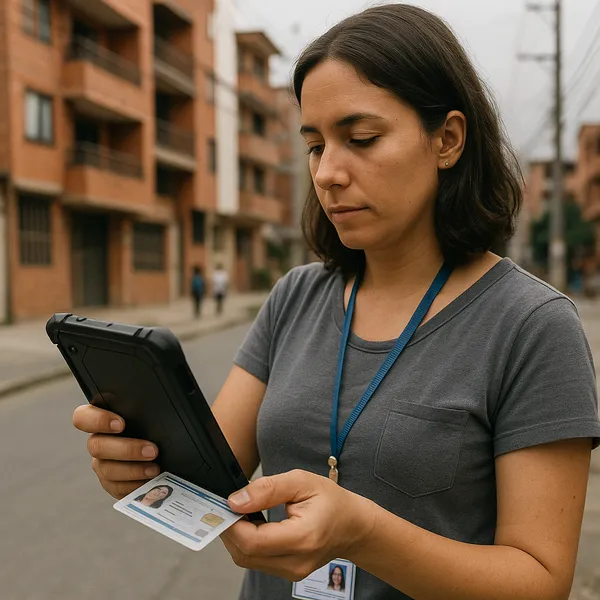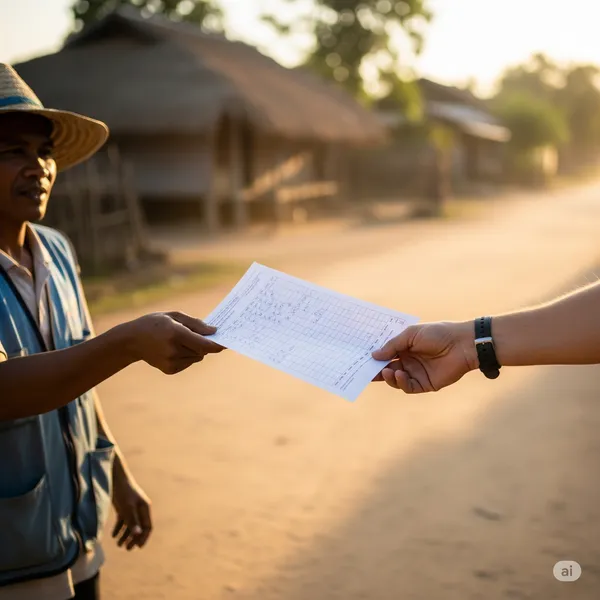Linking Financial Data to Physical Verification
Published on: Tue Apr 30 2019 by Ivar Strand
**Integrated Monitoring: Linking Financial Data to Physical Verification
In programme management, monitoring activities have traditionally been split into two parallel streams: financial monitoring, which focuses on ledgers, invoices, and compliance with procedure; and physical monitoring, which focuses on site visits, activity reports, and the delivery of outputs. While both are essential, they often operate in silos. This separation creates a critical blind spot.
A clean financial report can mask a complete failure to deliver physical goods or services. Conversely, a successfully completed project can hide significant financial mismanagement, such as inflated costs or non-compliant procurement. The central problem is how to systematically reconcile these two pictures to create a single, integrated understanding of project performance and provide true assurance on value for money.
This paper outlines a disciplined methodology for linking financial data with on-the-ground physical verification to ensure every expenditure can be traced to a tangible, verified result.
The Silo Effect: Two Incomplete Views of Performance
When financial and physical monitoring are disconnected, each provides an incomplete and potentially misleading view of a project’s health.
- Financial Monitoring in Isolation: A purely financial review can confirm that expenditures were documented, that payments were approved according to procedure, and that accounts were balanced. It answers the question, “Was the process followed?” However, it cannot confirm that the 1,000 sacks of seed paid for were of the correct quality, that they were not diverted after delivery, or that they exist at all beyond the paperwork. It verifies process, not reality.
- Physical Monitoring in Isolation: A physical inspection can confirm that a school building exists or that a training workshop took place. It answers the question, “Was the output delivered?” However, it cannot confirm if the price paid was reasonable, if the procurement process was competitive and fair, or if the construction company was selected in accordance with the rules. It verifies the outcome, not the efficiency or compliance of the process behind it.
This silo effect creates significant risk. It allows for the possibility of “ghost projects”—projects with perfect financial records but no physical substance—or projects that are physically complete but have been compromised by fraud or waste.
A Framework for Integrated Verification
Closing this gap requires a systematic process of reconciliation. The core principle is bi-directional tracing: starting with the physical asset and tracing back to the financial records, and starting with the financial transaction and tracing forward to the physical asset.
- Start with the Physical Output. The process begins not with the financial ledger, but with a list of the key physical assets or services that were planned for delivery during a specific period (e.g., 20 rehabilitated water points, 500 distributed non-food item kits, 50 trained community health workers).
- Select a Risk-Based Sample. A sample of these outputs is selected for verification. High-value items, or those in areas with known operational challenges, would be prioritised for inclusion in the sample.
- Conduct the “Forward Trace” (Physical-to-Financial). For a selected physical item—for instance, a specific water point at a known GPS coordinate—the verifier traces it backward through the paperwork. The key question is: “What was the total, documented cost of this specific output?” This involves collating all related procurement documents, contractor invoices, and payment records to reconstruct its cost and verify compliance with financial procedures.
- Conduct the “Backward Trace” (Financial-to-Physical). The verifier then selects a significant financial expenditure from the project’s ledger—for example, a large payment to a construction firm—and traces it forward to the physical world. The key question here is: “What tangible asset or service did this specific payment produce?” This necessitates a physical site visit to inspect the asset, confirm its existence and quality, and ensure it aligns with the contractual specifications.
This bi-directional approach is essential for detecting different types of anomalies. The forward trace assesses value for money and compliance for a known asset, while the backward trace confirms that a documented expenditure corresponds to a real asset.
Key Reconciliation Points
This integrated methodology is most critical in high-risk areas of project implementation:
- Procurement and Asset Management: Systematically matching payment records for high-value goods against physical inspection of those goods at warehouses or distribution points. This verifies quantity, quality, and specifications, and confirms that assets have not been substituted or misappropriated.
- Personnel Costs: Reconciling payroll records and timesheets with on-the-ground verification that staff members are present, performing their assigned duties, and are known to project stakeholders. This is a primary control for detecting “ghost worker” schemes.
- Service Delivery: Linking payments to training providers or consultants with direct confirmation from a sample of beneficiaries that the services were rendered to the agreed-upon standard and duration.
Exhibit A: The Bi-Directional Verification Process (A conceptual diagram shows a box on the left labelled “Financial Records (e.g., Payment for 100 desks)” and a box on the right labelled “Physical Assets (e.g., 100 desks in a school).” A large arrow points from right to left, labelled “‘Forward Trace’: What did these desks cost and was the process compliant?” A second large arrow points from left to right, labelled “‘Backward Trace’: Did this payment result in 100 real desks of the correct quality?”)
Creating a Single Source of Truth
Integrated monitoring is not about adding another layer of bureaucracy. It is about weaving two essential functions into a single, coherent process that provides a more accurate and holistic view of performance. The systematic reconciliation of financial expenditures with physical reality closes critical accountability gaps that exist when these functions are performed in isolation.
This discipline provides a robust and defensible measure of value for money. It gives programme managers, donors, and partners confidence that financial resources are being demonstrably translated into tangible results for beneficiaries, which is the fundamental objective of any development or humanitarian intervention.



